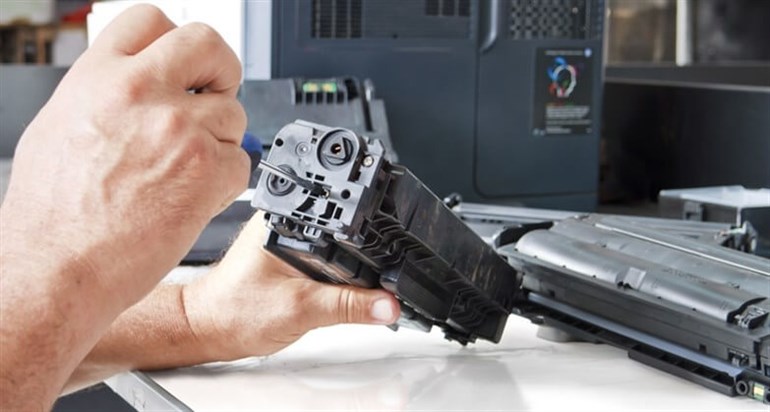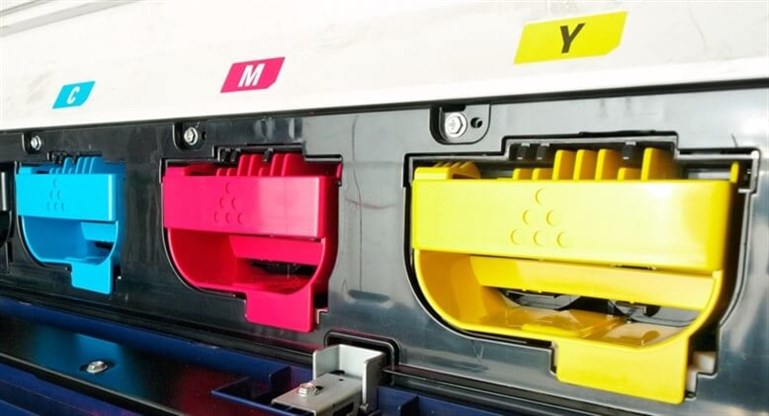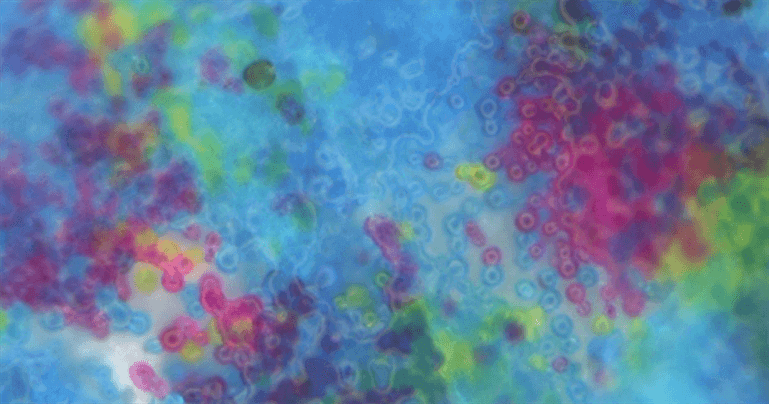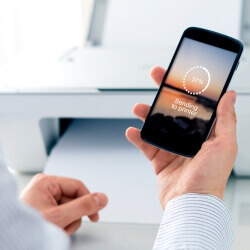Answer these simple questions and we will find you the BEST prices
Which type of solar quotes do you need?
It only takes 30 seconds
100% free with no obligation

Get up to 4 quotes from our selected suppliers by filling in only 1 form

Save money by comparing quotes and choosing the most competitive offer

Our service is 100% free and with no obligation
- Market-Inspector.co.uk
- Photocopiers
- Laser Printers
Best Laser Printers
The Best Laser Printer for Your Office
Investing in a laser printer for your office will support your business in its daily activities by providing you with the ability to print high quality text and graphics. A laser printer will make processing your documents a quick and effortless process while, depending on your choice in printer, complementing the needs of your employees. There are essentially two main types of laser printer: monochrome and colour laser printers.

Laser printers tend to print faster than inkjet printers at a higher text quality and with larger paper capacity. Businesses that only need to print basic text and graphics as well as photographs with an adequate quality will find laser printers to be an ideal addition to the workplace.
Which Laser Printer is Best for Business Use?
The laser printer that is best for business use is ultimately the one that is most reliable and consistent in its printing results. The cost of the machine, matching its capacity with the projected usage and a supplementary service agreement can all affect a printer’s dependability as well as its efficiency.
Depending on the model, a laser printer for business use will be able to print in colour or monochrome, process hundreds of documents a minute, and apply a variety of post printing finishes, such as punched holes, duplex printing, staples, or folds.

Most printer suppliers can customise machines with any of the pre-mentioned features. Variables such as high speed and quality can be expected from all mid-to-high range units. Furthermore, all suppliers of printers for business printers will be able to supply wireless printers that can meet todays need for effortless connectivity.
Maximising the return on your investment in a laser printer for office use can be achieved by choosing a purchasing or leasing solution that includes a comprehensive service agreement. This will ensure that the machine is professionally maintained and that any printer downtime is minimised.

Finally, being conscious about your expected printing capacity and which features are essential for your business will make sure that your chosen machine will not be overwhelmed and need servicing.
How Do Laser Printers Work?
Laser printers simply work by fusing printer toner together with a surface by shining a laser on an imaging drum and applying charged ink particles to a surface.
Technically, the process is called xerography and the laser shines a beam over an electron-charged imaging drum, fusing electronically-charged ink together with heated paper to create the text and imagery. This is illustrated in the model below.


There are usually seven steps in the laser printing process:
Is Using a Laser Printer Hazardous?
At this point in time there are no conclusive negative health effects of laser printing. A study conducted by an Australian university in 2007 caused panic by claiming that ultra-fine particles in printer toner were detrimental to the health of those exposed to them.
However, the Berkeley Lab from the University of California has concluded that the results from the Australian study are inconclusive and that inadequate research techniques were used, stating that “showing that printers produce pollutants is not the same thing as knowing that it causes certain health effects”.

There is no need to be concerned about the negative health effects of laser printing at this time and nor does there seem to be in the foreseeable future.
The History of the Laser Printer
Xerographic print processing (originally called electro-photography), the integral technology in laser printers, was invented in 1938 and in 1976 IBM released the first commercial laser printer which was used for high-volume printing in data centres.
The first laser printer for business use was released by Xerox in 1981 but, due to its expensive price (roughly £10,000), it was only affordable to a small segment of its target market.
Together with Canon, HP released the first mass-market laser printer in 1984 and at this point the laser printers available were large and the supporting software that was used was complex and expensive as each manufacturer had developed their own version.

Once the PostScript standard was implemented into laser printers from 1985, users could print using text, font graphics and images that were independent of the printer brand.
Laser printers have come a long way since then and, in addition to being affordable, today laser printers have a variety of advanced features and can be customised in a variety of ways that make them an ideal addition to a fast paced office environment.
What to Expect From a Laser Printer

Todays business laser printers are, for the most part multifunctional printers that can connect wirelessly with an array of devices and print in both monochrome and colour. Businesses need to provide tools for their employees that meet their growing need for flexibility.
Commercial printers will typically include a photocopier, scanner and various features such as post printing finishing (staples, folding, duplex printing and hole punching) as well as a variety of means to communicate with the printer (cloud printing, USB printing, wireless printing, etc.).
When it comes to financing your printer investment, you can usually select a printer hire option, rather than buying it in full.
If your business is in need of a laser printing solution then complete a quote request form today, for free and our dedicated sales personnel will contact you and connect you with qualified suppliers of high quality laser printers and services.
Fill in the form in just 1 minute
We strive to connect our customers with the right product and supplier. Would you like to be part of Market Inspector?

